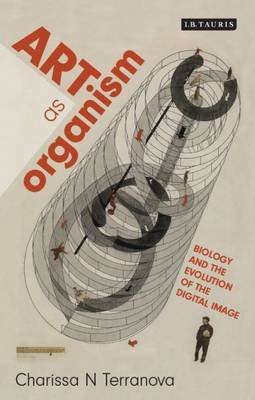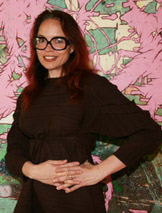Art and Biology
Research on intersections of art and biology.
Art and biology share an internal and external logic. Each field is the embodiment of complexity, with functional relations crisscrossing to create unique and individual entities. In biology, at the organismic level, these coalescences are called “life.”
In art and architecture, they are called “works.” Together, biology and art make “life-works,” art objects, installations, performances, and architecture that involve living materials.
The unity of art and biology also has the potential to make “life work” in new ways: contemporary practices of bioart in which artists work with scientists in labs, and bioarchitecture in which architects work with living materials (leafy-green plants, mushrooms, and bacteria) to open new horizons for thinking and problem solving.
The history of biology and art foregrounds this exciting new landscape of discovery and exploration, looking to collaborations between artists and scientists, the role of aesthetics in scientific discovery, and to the use of scientific tools within art and architecture over the last 2,000 years.
Read more on Charissa Terranova's research.





